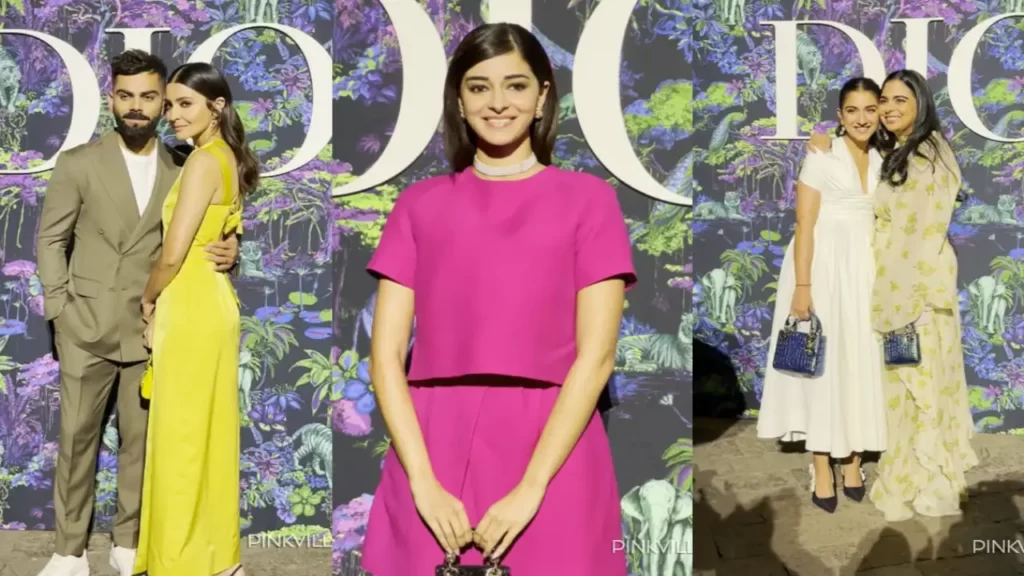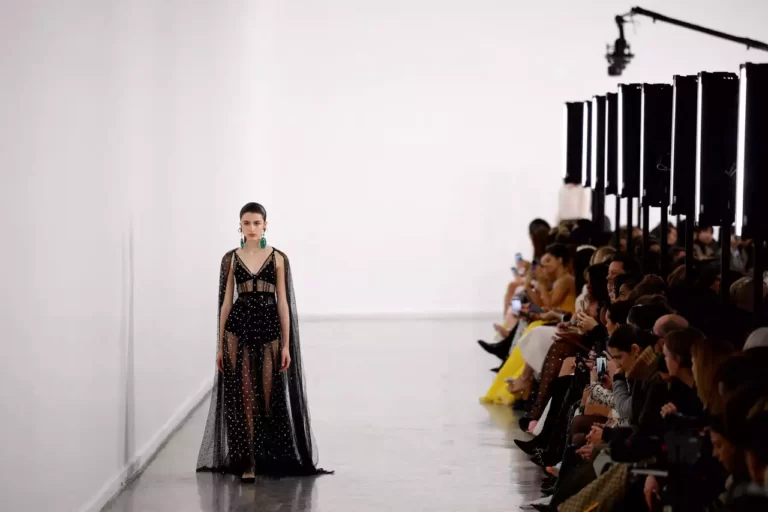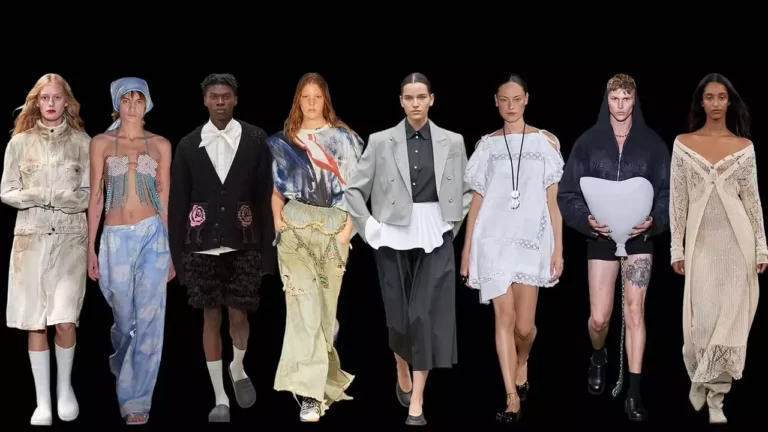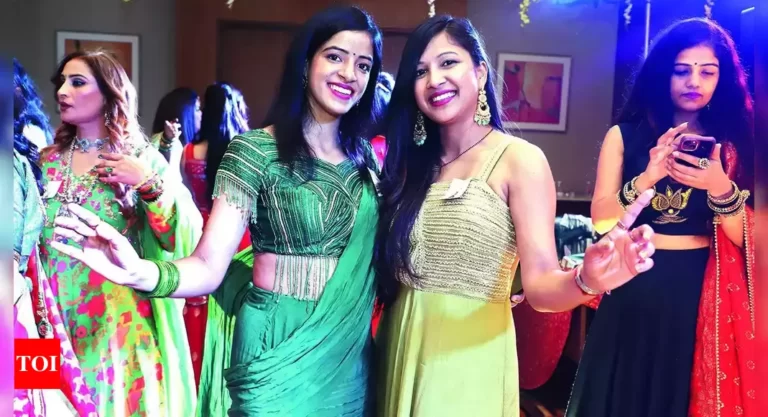The impact of the recent Dior show in Mumbai is more significant than we may think. The fashion industry is buzzing about the success of the event, but it’s important to reflect on both the positive and negative aspects of its execution.
Dior, the leading luxury fashion house, showcased its Fall 23 collection in Mumbai for the first time. Anchoring its ship at the iconic Gateway of India, Dior became the first fashion house to unveil a high-end clothing line in India. This move reflects the luxury industry’s growing interest in the Indian market, which is home to 119 billionaires and is projected to produce 70 new millionaires daily between 2018 and 2022, according to Bloomberg.

After the Dior show’s finale, a select group of international celebrities flew down in a private jet to attend the inauguration of the Nita Mukesh Ambani Cultural Centre (NMACC). This week-long event celebrated Indian culture, heritage, and craftsmanship, and showcased the richness of our country. Bollywood and Hollywood stars came together, dancing to Indian melodies and enjoying the best of Indian cuisine under lavish hospitality.
Indian designers had the opportunity to dress their favorite celebrities, blending their artistic skills and craftsmanship with Indian textiles and weaving techniques. Vintage brocade saree-inspired evening gowns, gold coin embellishments, and precious beadwork boleros were just some of the stunning creations on display. Royal purple and rani pink silks were used to create elegant long jackets and overcoats with princess cuts.

When Bernard Arnault, the world’s richest man and owner of LVMH (the parent company of Dior), sets his sights on India’s luxury market with a groundbreaking Dior show, we hope that our country will be properly represented on the global fashion map.
The Indian economy presents an untapped market with a growing middle class and increasing number of millionaires. With a population of 1.4 billion, India holds immense potential to offer its vibrant culture, rich craftsmanship, and new textile techniques rooted in heritage. The luxury industry can benefit greatly from India by targeting the right audience and collaborating with local experts. It is crucial for the guest list of such events to prioritize exchanging ideas with experienced individuals and strive for excellence.

However, during the Dior show in India, the organization responsible for the event, Longform, failed to honor the genuine leaders and pioneers of the Indian fashion industry. Instead, they focused on PR-driven clientele with no real connection to fashion or its values. This disregard for authenticity and respect towards the true influencers of the industry is concerning.
On the other hand, Dior deserves recognition for shedding light on the Chanakya School of Craft and collaborating with regional artisans. These skilled artisans have contributed their expertise to various luxury brands, showcasing the incredible talent India has to offer. Longform should have continued this tradition by inviting pioneers in Indian fashion, textile industries, khadi institutions, and designers who have championed Indian handicrafts and textiles. Unfortunately, their choices leaned more towards high-profile individuals who lack value in terms of sustainable fashion.

It is essential for PR agencies to prioritize authenticity and mindfulness over socially claimed celebrities. Luxury brands are increasingly focusing on Asian countries, and India can benefit from this trend by raising awareness about ethical and sustainable fashion practices. However, this will require the guidance and exchange of ideas between Indian pioneers and international fashion moguls. Moving forward, it is crucial for significant events to prioritize making a positive global impression through genuine and meaningful collaboration.







